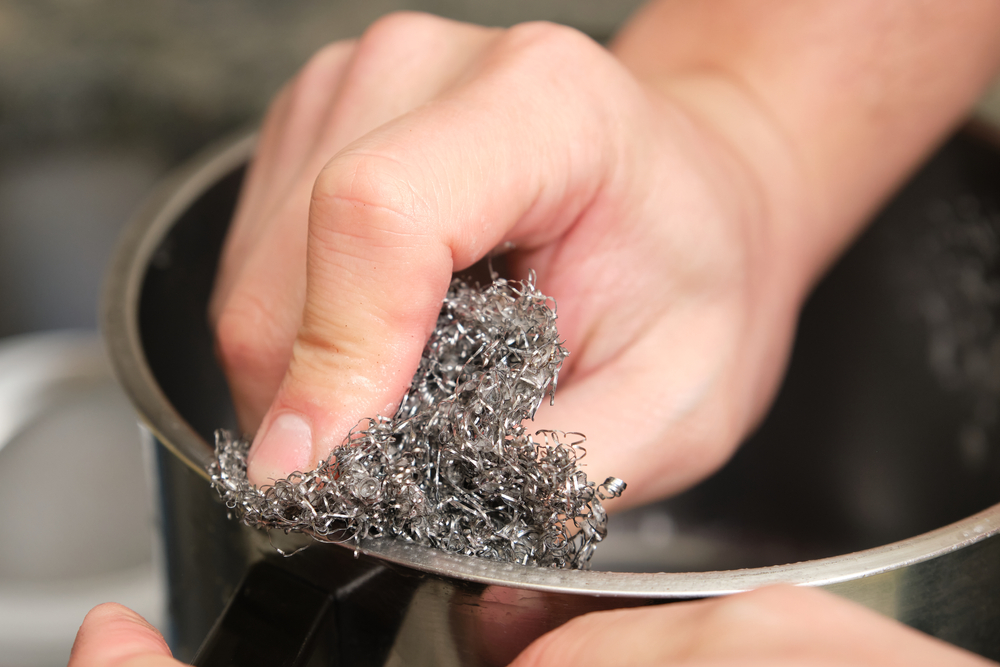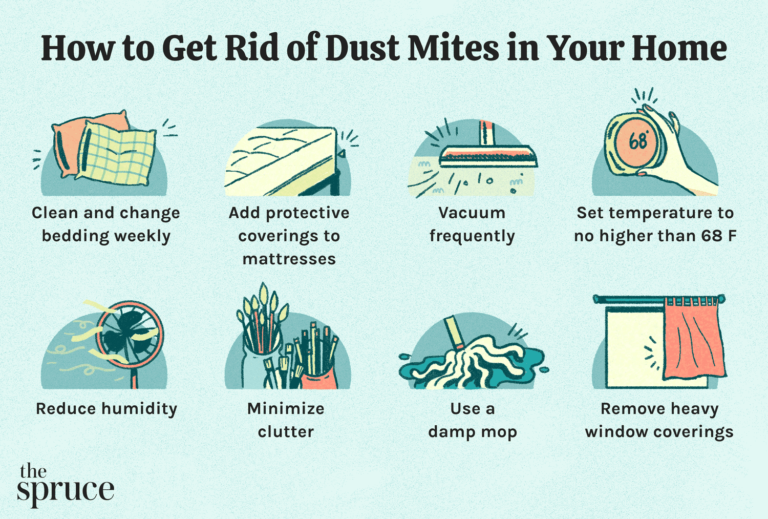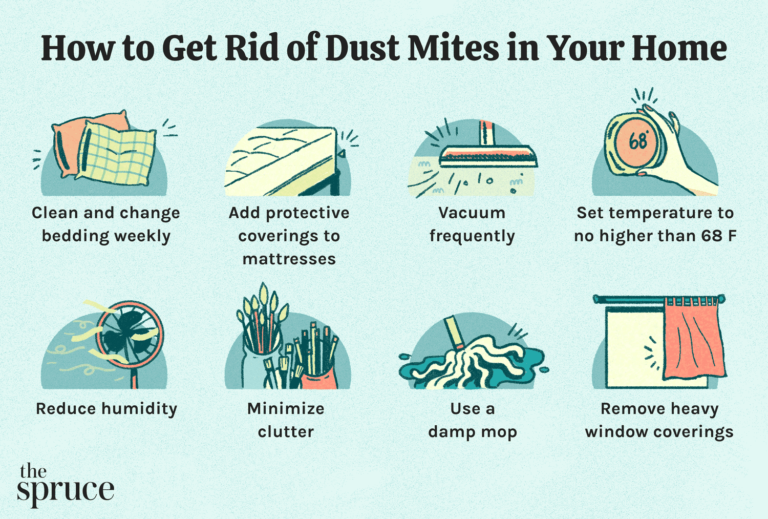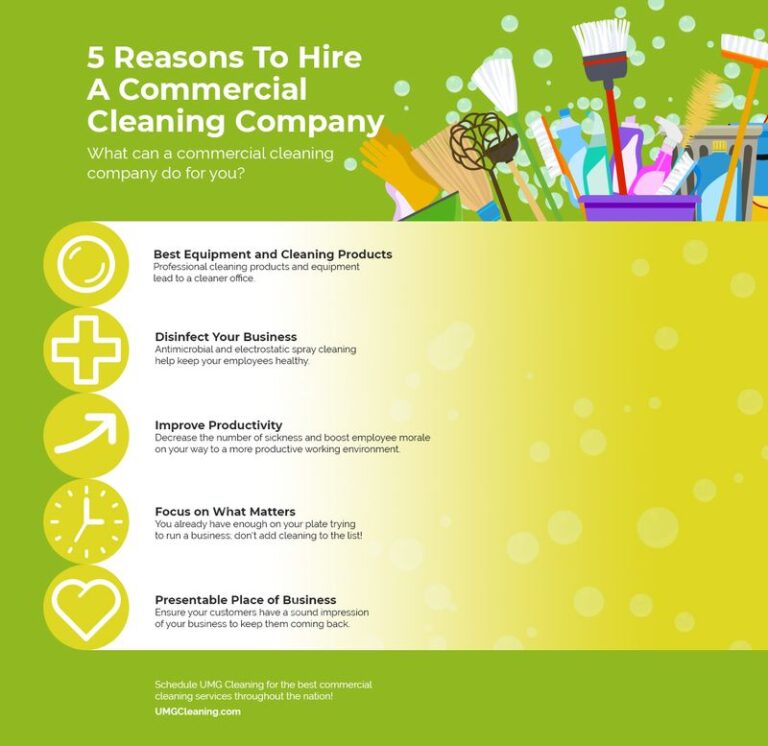What Should You Not Use On Stainless Steel?
Stainless steel is a popular and durable metal often used in cookware, sinks, and other household appliances. While stainless steel is highly resistant to corrosion and staining, it is not immune to damage. To maintain the beauty and integrity of stainless steel, it is important to know what not to use on it. Common items to avoid using on stainless steel include abrasive cleaners, bleach, steel wool, and ammonia-based cleaners. These items can damage the surface of stainless steel, leaving it looking dull and scratched. To keep stainless steel looking great, use non-abrasive cleaners such as mild dish soap, baking soda, and vinegar.
Definition of Stainless Steel
Stainless steel is an alloy consisting of iron, chromium, and other elements, such as nickel. It is a metal that is highly resistant to corrosion and is used for a variety of applications including cookware, cutlery, medical instruments, and construction materials. The chromium content in stainless steel makes it resistant to oxidation and rust, which is why it is so widely used. Due to its durability, stainless steel is often the preferred material for items that are exposed to harsh environments or temperatures. However, there are certain substances that should be avoided when cleaning or handling stainless steel items. These include bleach, ammonia, and harsh abrasives such as steel wool and scouring pads. These substances can cause discoloration and damage to the stainless steel surface, so it is important to use the appropriate cleaning materials. Additionally, stainless steel should not be exposed to harsh chemicals or acids, as these can also cause damage to the surface and should be avoided.
What to Avoid Using on Stainless Steel
Stainless steel is a popular and versatile material used in a variety of applications. However, it is important to be aware of what not to use on stainless steel if you want to ensure that you maximize its durability and quality. Knowing what to avoid can help you extend the life of your stainless steel and make sure that it stays looking great.
The most important thing to avoid when caring for stainless steel is abrasive cleaners. These cleaners can cause scratching and damage the surface of the steel, leading to rust and discoloration. Instead of abrasive cleaners, use mild soaps and warm water to clean stainless steel surfaces.
Another thing to avoid when caring for stainless steel is using steel wool or steel brushes. These can also scratch the surface of the steel and cause rusting. Instead, use soft sponges or non-abrasive cloths to clean.
Lastly, it is important to avoid using bleach on stainless steel. Bleach is too harsh for this type of material and can lead to tarnishing and discoloration. Instead, use a damp cloth with a mild detergent to clean the stainless steel.
Taking the time to understand what not to use when dealing with stainless steel can help ensure that it remains in optimal condition. Avoiding abrasive cleaners, steel brushes, and bleach can help extend the life of your stainless steel and make sure that it looks great for years to come.
Cleaning and Maintenance Tips
Stainless steel is a unique metal that is known for its strength, corrosion resistance, and hygienic properties. However, it isn’t indestructible. In order to maintain its luster and durability, it’s important to be aware of the types of cleaning tools and products that are safe to use on stainless steel and those that should be avoided.
To keep stainless steel looking its best, it’s best to use a mild detergent or cleaner specifically designed for stainless steel. Avoid using abrasive cleaners, steel wool, or scouring pads as they can damage the protective layer that helps keep stainless steel from corroding. Use a soft cloth or sponge and a non-abrasive cleaner that is safe for stainless steel. When drying stainless steel, make sure to use a soft cloth to avoid leaving water spots or streaks.
Be sure to never use chlorine, bleach, ammonia, or other harsh chemicals on stainless steel as they can damage the protective layer. Additionally, avoid using acidic or alkaline cleaners as they can cause pitting or etching in the surface. If you’re looking for additional cleaning tips, consider consulting a professional or looking for cleaning advice online.
By following these cleaning and maintenance tips, you can help ensure stainless steel remains in pristine condition for years to come. Take the time to research the best cleaning products for stainless steel and use them as directed. Doing so will help ensure that your stainless steel looks its best and lasts for years to come.
Different Types of Stainless Steel
Stainless steel is an incredibly versatile material, and it can come in a variety of different forms, each with their own unique qualities. Knowing the differences between the various types of stainless steel can help you make an informed decision when it comes to choosing the right material for your project. While all stainless steel is strong and durable, certain finishes are more resistant to corrosion and staining than others. Additionally, some forms of stainless steel are better suited for specific applications than others.
The most common types of stainless steel are austenitic, ferritic, martensitic, duplex, and precipitation-hardened. Austenitic stainless steel is the most widely used type, and it is generally non-magnetic and resistant to corrosion and staining. Ferritic stainless steel is magnetic and holds up well to corrosion and staining, making it ideal for use in medical and food processing equipment. Martensitic stainless steel is extremely hard and resistant to corrosion, but it is also prone to cracking and warping. Duplex stainless steel is a combination of austenitic and ferritic, providing a balance between strength and corrosion resistance. Finally, precipitation-hardened stainless steel is highly resistant to corrosion and staining, but it is also very hard and brittle.
No matter what type of stainless steel you choose, it is important to avoid using harsh chemicals and abrasive cleaning supplies, as these can damage the surface of the metal. Additionally, be mindful of the temperature of the environment your stainless steel is in – extreme temperatures can weaken or warp the material. By taking these precautions, you can ensure that your stainless steel stays in top condition for years to come.

Benefits of Using Stainless Steel
Stainless steel is a highly versatile material that has many advantages over other materials. It is strong, durable, and corrosion-resistant, making it perfect for use in a variety of applications. Additionally, stainless steel is non-porous, making it easy to keep clean and maintain its appearance. It is also non-magnetic, making it a great choice for use near electrical equipment. Furthermore, stainless steel is lightweight and low maintenance, making it ideal for use in a wide range of applications. With its many benefits, it is no surprise that stainless steel is one of the most popular materials used in modern manufacturing.
Common Misconceptions About Stainless Steel
Care
Stainless steel is a popular and durable material that is used in many different products. Its strength and resilience make it ideal for use in many different environments. However, it is important to note that stainless steel must be taken care of properly to ensure its longevity. This article will discuss the common misconceptions about the care of stainless steel, and what should not be used on it.
One of the most common misconceptions about stainless steel is that it is impervious to damage. While stainless steel is resistant to corrosion, it can still be damaged if exposed to the wrong substances. It is important to use the correct cleaning products and avoid harsh chemicals that can corrode the material. It is also important to remember that stainless steel is not scratch-proof. Be sure to use soft, non-abrasive cloths when cleaning, and never use steel wool or other abrasive materials.
Another misconception about stainless steel is that it is maintenance-free. While stainless steel will not corrode as easily as other metals, it still needs to be periodically cleaned and polished. Additionally, stainless steel can be affected by fingerprints, dust, and other debris. To keep stainless steel looking its best, it is important to regularly clean and polish the material.
Finally, some people believe that stainless steel does not require protection from the elements. However, stainless steel should be protected from extreme temperatures, as well as from direct sunlight. Additionally, it should be regularly sealed to protect against moisture and other elements.
In conclusion, stainless steel is a popular and durable material, but it is important to properly care for and maintain it. It is important to never use harsh chemicals, abrasive materials, or other items that can damage the material. Additionally, stainless steel should be cleaned and polished regularly, and protected from the elements. By following these tips, your stainless steel products should remain in excellent condition for years to come.
Rules for Using Stainless Steel
Stainless steel is a superior material for many applications due to its strength, durability, and corrosion resistance. However, not all cleaners, chemicals, and tools are suitable for use on stainless steel. To protect your stainless steel, it is important to follow the rules for using stainless steel.
The first rule is to avoid harsh chemicals and abrasives. Harsh chemicals can damage the protective oxide layer and cause corrosion, while abrasives can scratch the surface and reduce the stainless steel’s corrosion resistance. Moreover, solutions with a pH level lower than 6 or higher than 8.5 should be avoided.
The second rule is to avoid using steel wool, brushes, and other metal objects on stainless steel. These can cause scratches and make the surface more vulnerable to corrosion. Additionally, cloths and cleaning pads made of cotton, microfiber, or synthetic materials should be used instead.
The third rule is to avoid using abrasive cleaners. Abrasive cleaners can damage the protective oxide layer on stainless steel, making it more vulnerable to corrosion. Instead, use mild detergents, non-abrasive cleaners, or water and a soft cloth.
Finally, it is important to follow all the manufacturer’s instructions when cleaning and maintaining stainless steel. This will help ensure that your stainless steel is properly cared for and will retain its superior strength and corrosion resistance.
By following these rules for using stainless steel, you can help ensure that your stainless steel will remain strong and corrosion-resistant for years to come.
Pros and Cons of Using Stainless Steel
Stainless steel has become a popular material for use in many industries, as it is resistant to corrosion, highly durable, and relatively easy to maintain. However, there are certain things you should not use on stainless steel, lest you risk damaging its surface or reducing its life. In this blog, we explore the pros and cons of using stainless steel, so you can make an informed decision about how to best use the material.
On the plus side, stainless steel is known for its strength and durability, making it an ideal material for medical tools, kitchen appliances, and other items that need to withstand heavy use and frequent cleaning. It is also non-magnetic and non-reactive to many chemicals, making it suitable for use in food processing and medical equipment. Additionally, it is easy to clean and maintain, and is available in a variety of grades, so you can choose the one that best suits your needs.
On the downside, stainless steel can be expensive, and some grades are more prone to scratches and dents. Additionally, certain cleaning products and food items can cause staining and tarnishing, so you should be careful when using stainless steel. Finally, it can be difficult to weld, and it can discolor over time, so it may not be the best choice for decorative or ornamental items.
Overall, stainless steel is a great choice for many applications, but it is important to be aware of its limitations before you decide to use it. With the right maintenance and care, you can enjoy the benefits of stainless steel for many years to come.
FAQs About the What Should You Not Use On Stainless Steel?
Q1. Can I use steel wool on stainless steel?
A1. No, steel wool should not be used on stainless steel as it can scratch and damage the surface of the steel.
Q2. Can I use bleach on stainless steel?
A2. No, bleach should not be used on stainless steel as it may cause discoloration or corrosion of the steel.
Q3. Can I use harsh chemicals on stainless steel?
A3. No, harsh chemicals such as ammonia or acetone should not be used on stainless steel as they may corrode the surface.
Conclusion
In conclusion, stainless steel is a strong and durable material, but it can be vulnerable to damage if not treated correctly. It is important to avoid using steel wool, abrasive cleaners, and harsh chemicals when cleaning stainless steel. Additionally, it is important to avoid leaving acidic or salty substances on stainless steel surfaces, as this can cause corrosion. When it comes to stainless steel, it is always best to use gentle cleaning solutions and soft cloths to keep it looking its best.





